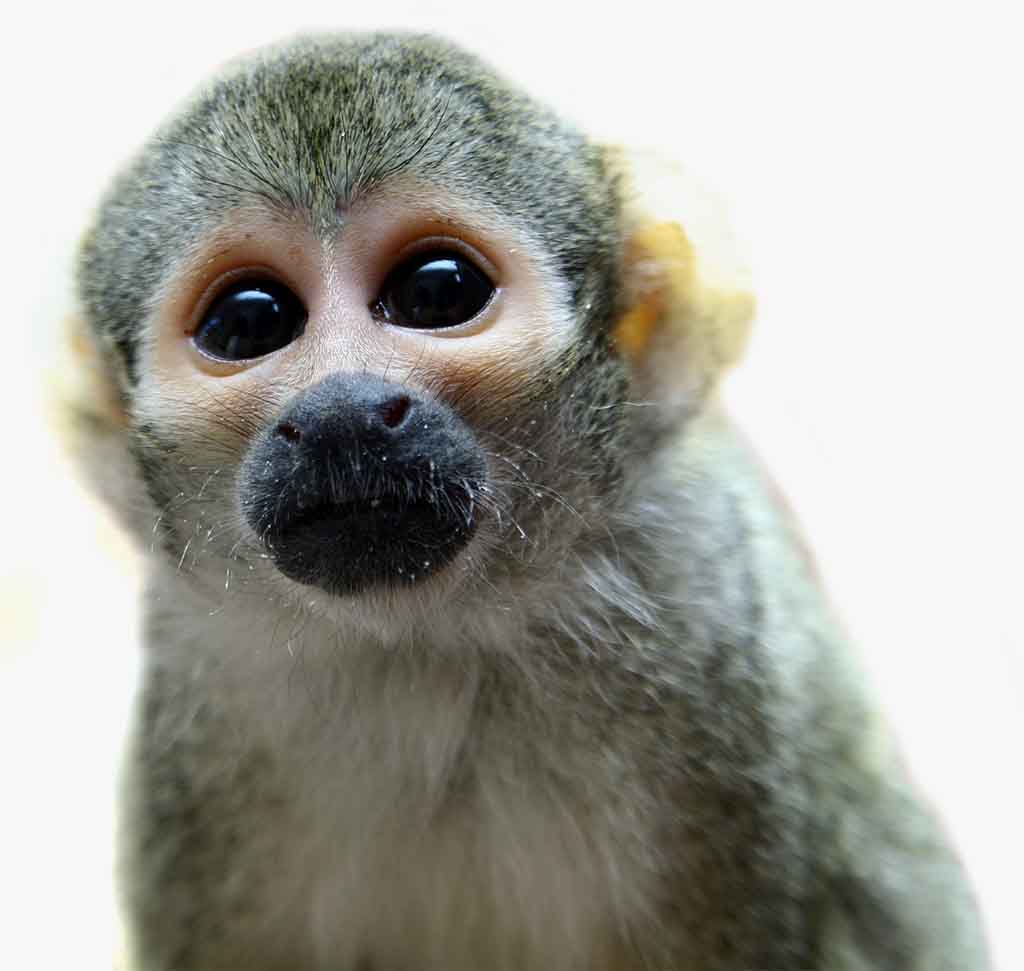The southern three-banded armadillo (Tolypeutes matacus), also known as La Plata three-banded armadillo or Azara's domed armadillo, is an armadillo species from South America. It is found in parts of southwestern Brazil, northern Argentina, Paraguay and Bolivia, at elevations from sea level to 770 m (2,530 ft).
The southern three-banded armadillo and the other member of the genus Tolypeutes, the Brazilian three-banded armadillo, are the only species of armadillos capable of rolling into a complete ball to defend themselves (volvation). The three characteristic bands that cover the back of the animal allow it enough flexibility to fit its tail and head together, allowing it to protect its underbelly, limbs, eyes, nose and ears from predators. The shell covering its body is armored and the outer layer is made out of keratin, the same protein that builds human fingernails. They are typically a yellow or brownish color. They are among the smaller armadillos, with a head-and-body length of about 22 to 27 cm (8.7 to 10.6 in) and a weight between 1 and 1.6 kg (2.2 and 3.5 lb). Unlike most armadillos, they are not fossorial, but will use abandoned giant anteater burrows.
The three-banded armadillo has a long, sticky, straw-like pink tongue that allows it to gather up and eat many different species of insects, typically ants and termites. In captivity, armadillos also eat foods such as fruits and vegetables.
The species is threatened by habitat destruction from conversion of its native Dry Chaco to farmland, and from hunting for food and the pet trade.
South America.
Armadillos are omnivores and eat insects, beetle larvae, fruit and vegetables.
Up to 20 years in captivity.
Near Threatened in the wild due to habitat destruction and over hunting.
They are characterized by their three stretchy bands of skin across their shell which enables them the flexibility to roll into a ball. The armoured shell is made of keratin (like our finger nails). Unlike other armadillo species, they don’t dig their own burrows and usually take over burrows from other animals like ant eaters. They are most active at dawn and dusk.
